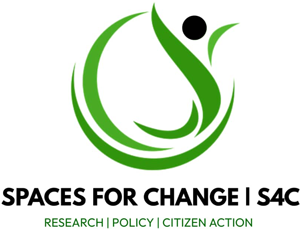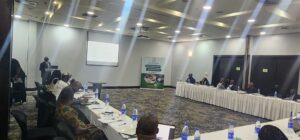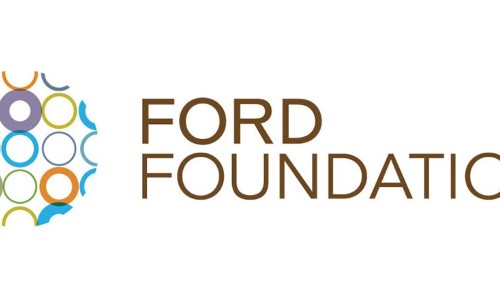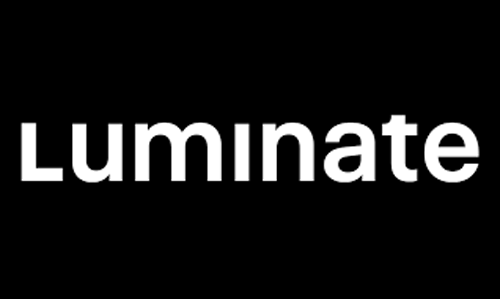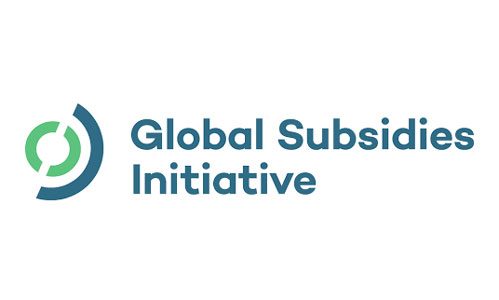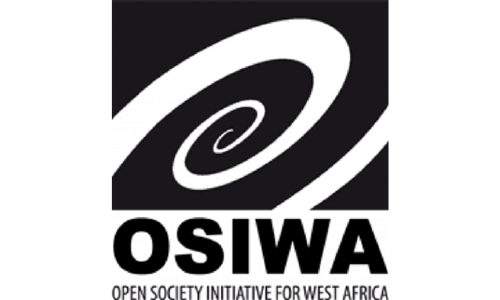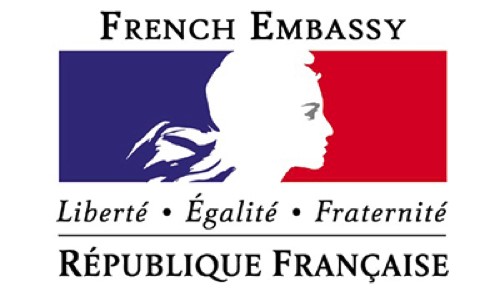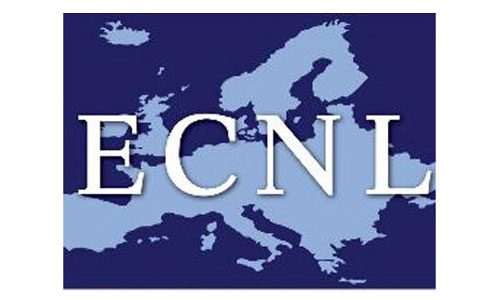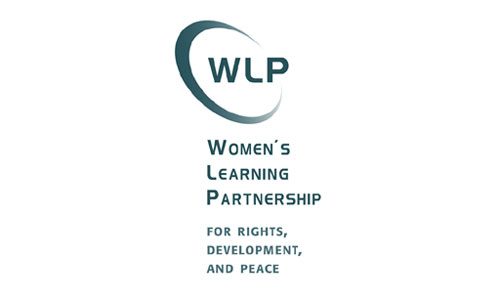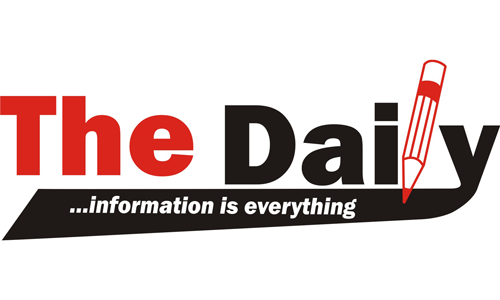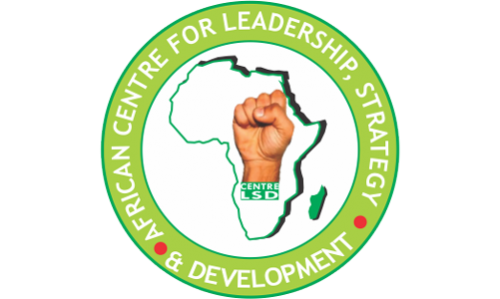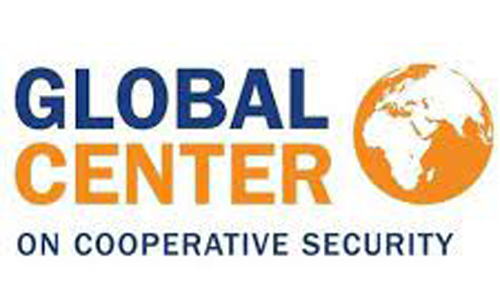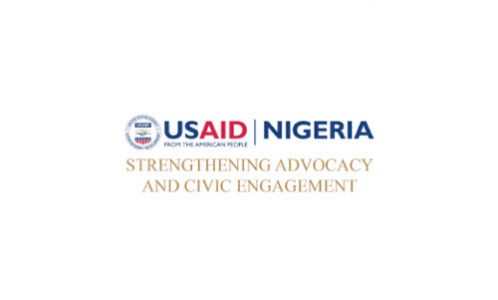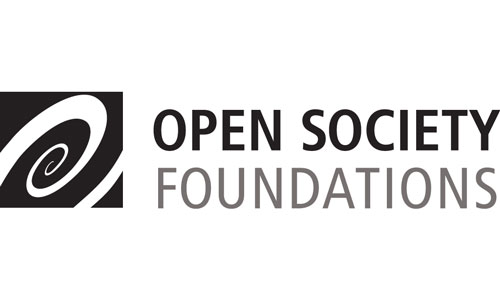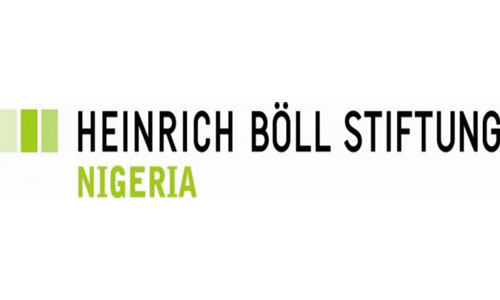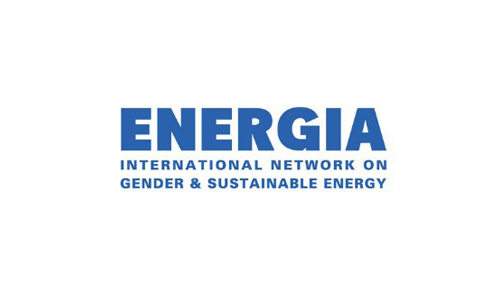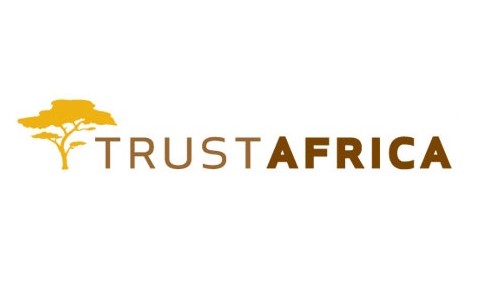
It is important to know that the financial year for the FOC runs from April to March, a full circle of 12 months. It is within this financial year that calls for project proposal bids are made, submitted proposals scrutinized at the local and higher levels and then successful implementers with well-written bids are notified of their success and given the go-ahead to proceed with the projects. The difference between a successful implementer and an unsuccessful one lies in the ability to prepare and submit a well-written project proposal.
UNDERSTANDING POLICY CONTEXT
FOC places premium on projects that focus on policy, regulatory frameworks, capacity building and reform, Freedom of Information (FOI) and transformational change. Before funding projects, the FOC asks itself: Is the policy area a major priority for both government (the implementer’s country government and the British government)? Will the project help to deliver a programme strategy or country business plan objective? If the answers can’t be found within the projects, then the FOC will not fund such projects.
IDENTIFICATION OF CONCEPTS
For a concept to be successful it must:
- Be strategically aligned to programme objectives
- Be viable
- Look like value for money
- Be within the capabilities of the implementer
- Exhibit FOC priorities
- Reflect the host countries priorities
ELEMENTS OF A GOOD BID
- CONCISE, CLEAR AND CONVINCING: Project proposals submitted to the FOC must be concise. If information is set out concisely, it is much easier to assess. They should also not include a lot of background information – at least it should be between ten to twelve words. Project proposals should be clear. It has to be easy to read as well as follow a logical course. If a bid has to be read more than once to understand what is being proposed, then it is not a good sign. Clearer project proposals are more likely to be convincing and compel the board in charge of the FOC to part with the funds needed for the project.
- PROJECT DESIGN: A good project design is crucial to the success of the project proposal. Therefore, it should be well articulated in a clear and succinct manner. It should be realistic and doable, be clear about who the beneficiaries are. The sustainability of the project should be clearly considered, resources like capacity, leadership and time should be checked if they are adequate and realistic. It should not be risk averse but risks should be considered carefully and recorded in the risk register. It should demonstrate government and key stakeholders’ management. It must reflect value for money and the NGO must have the capacity to deliver. It should also include indicators that will provide the FOC with evidence that the purpose has been achieved in measurable quantities like quantity, quality, time, place etc. It is helpful to invest time in S-specific, M-measurable, A-achievable, R-realistic, T-time bound (SMART) indicators. Finally, the project structure should be planned down starting with the goal, project purpose, outputs, activities and should end with the inputs. However when implementing it should run from the inputs up to the goals.
BUDGETS
The FOC will be more inclined to consider a project proposal with an activity-based budget where activities are identified and costs are directly allocated to these activities. It was clearly emphasized that the prices quoted on the budget should be the implementers best forecast of the costs of the proposed project. Padding, a form of deliberately inflating the cost of activities is highly frowned on by the FOC as it indicated a sign of poor project management. Implementers were encouraged to give sufficient budgetary details because it is one good reason why project proposals are rejected. When considering a project budget, the FOC does not pay rents, per diem, equipment and contingency. However, it readily pays the cost of staffs directly involved in the project, administrative cost (only 10% of the total budget) and travel costs.
BOARD APPRAISALS
The following are random questions asked by the board of the FOC. It was shared with implementers to have a peek into the mind of the board when decisions are being made about the viability of a project proposal and help guard against making mistakes that will make proposals be rejected.
- Will the activities/output achieve the project purpose?
- Have you considered all the main risks and what is the mitigation strategy?
- Is this realistic?
- How much support does the implementer have from the key stakeholders?
- Who are the stakeholders/project participants/beneficiaries?
- Why does the project have a UK visit?
- What is the point of this training?
- Has the implementer thought of linking up with an international partner?
- Are output two and four the same? Why does the proposal have a needs assessment as the first activity?
- How do project activities/output link with the thematic areas?
Implementers, especially those who had not turned in their project proposals were encouraged to go through them again, correcting mistakes that may have been made without the information shared during the workshop. Implementers were also glad to know that, unlike some funders, the FOC did not place restrictions to the availability of funds within conflict prone or ridden areas. In fact, Mr. Fitzpatrick made it clear that the FOC was prepared to take up high risk project proposals as long as it was well-written and all the possible risks had been factored in from the beginning. Even if the project failed, the implementer was not going to be denied the opportunity of getting further grants because the FOC recognized the fact that sometimes things or events do not work according to plan.
